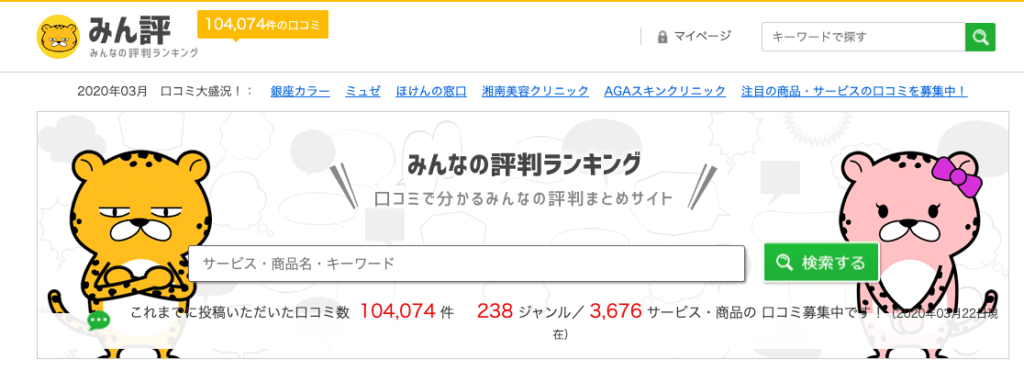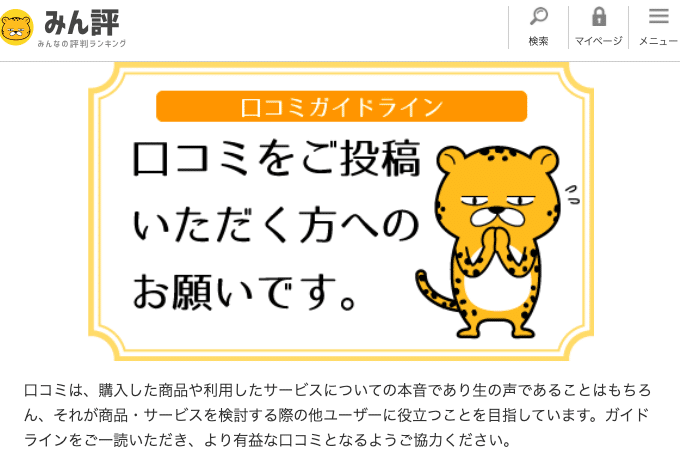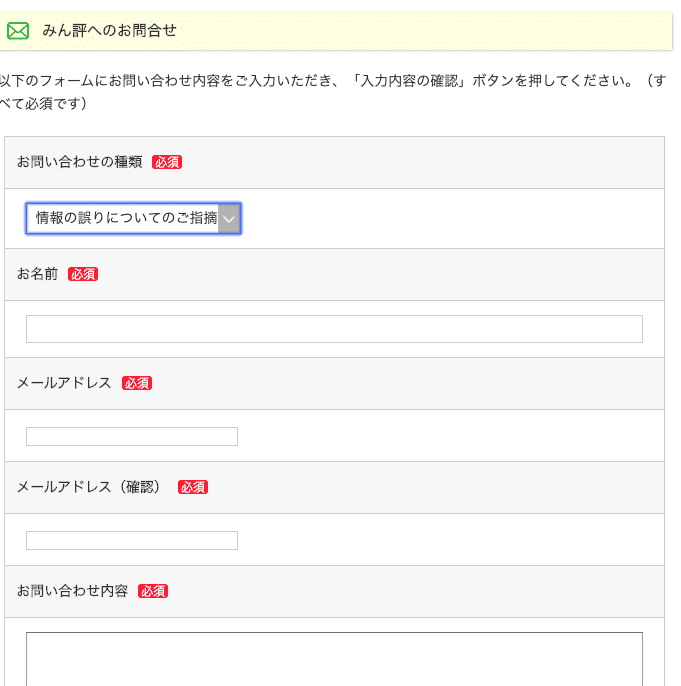'How to Remove Defamatory Reviews on 'Minhyo (Public Reputation Ranking)''

Have you ever found yourself searching the internet for rankings and reviews when you’re unsure about which company’s insurance to choose or what kind of credit card to apply for? Even though official websites often only highlight the benefits of their products or services, third-party reviews often include both pros and cons, making them a valuable source of information.
Minhyo (Everyone’s Reputation Ranking) is one such review site, where various services and products are ranked based on public opinion. Minhyo provides a range of reviews and information, from positive to negative, offering consumers real-life experiences. While this can be beneficial for consumers, it can potentially have a negative impact on the service provision and management of a company if negative reviews are written and spread.
In this article, we will explain how to manage reputational damage in the event that defamatory reviews are posted on Minhyo (Everyone’s Reputation Ranking).
Explanation about Minhyo (Everyone’s Reputation Ranking)

Minhyo (Everyone’s Reputation Ranking) is a review ranking site operated by Maister Studio Inc. With over 100,000 reviews and nearly 4,000 services covered, it is a large-scale site. On Minhyo, you can learn about the reputations of both well-known and lesser-known companies in various industries, as well as real experiences and impressions from users. The rankings of services and products seem to be calculated based on the ratings and number of reviews posted, the ratings from users on the reviews, and the number of supports from users to the services and products.
You can view the reviews of the services and products you are interested in on each service and product’s detail page. The biggest feature of Minhyo (Everyone’s Reputation Ranking) is that it publishes both good and bad reviews in their original form as much as possible. Even negative reviews may be very useful for users.
However, if something too terrible is written, or if something baseless is written, it is not preferable for both the company and the users, and it could lead to significant damage such as a decline in the company’s image and a loss of trust from customers and shareholders. In this article, we will explain what kind of negative reviews can be posted on Minhyo (Everyone’s Reputation Ranking) and how to deal with them when they are posted.
What kind of reputational damage can occur on Minhyo (Everyone’s Reputation Ranking)?

We will introduce the content of negative reviews and reputational damage that can be expected on Minhyo (Everyone’s Reputation Ranking). As a premise, reviews on Minhyo are not immediately posted after submission, but are posted after the content has been checked and approved by the review department. Therefore, it is believed that there are few reviews that clearly violate guidelines or laws. In the following, we will introduce those in the gray zone that may be posted.
Reviews that are false or do not involve actual experiences
For example, a review saying, “I was pressured to pay a membership fee, sign a course contract, and purchase product A in the solicitation room, and I, being timid, got scared and ended up taking out a loan,” can be considered a negative review. However, if this review is true, it can be said to be a useful post for other users. In fact, such reviews are featured on the front page as picked-up reviews on Minhyo. On the other hand, if such solicitation did not actually take place, it is nothing but a false review. False reviews unnecessarily stir up user anxiety and significantly degrade the corporate image, which is undesirable for companies. If it is nonsense or false, it should be a review that should be deleted.
Reviews with inappropriate content such as defamation
Another possibility is reviews that include defamatory descriptions against a company or a specific individual. For example, reviews like “Aharu Bmi at the call center is very unfriendly” or “I will never buy such a terrible product again! It’s a scam!” lack concrete explanations of what was bad and how, and can be perceived as mere defamation. Also, those that specify individuals like “Aharu Bmi at the call center” can sometimes be attacks on individuals. Such expressions are not at all beneficial to users and are merely attacks on companies or specific individuals without any basis. Moreover, it is a very difficult line to judge whether it is defamation or just a negative post, and it may be posted even after review. For those who may suffer damage such as defamation due to such posts, it is desirable to delete them as soon as possible.
How to Request Removal for Violation of Terms of Use
Minhyo (Everyone’s Reputation Ranking) Terms of Use
Article 7 (Removal of Reviews and Pages) of the Minhyo (Everyone’s Reputation Ranking) Terms of Use lists the types of reviews that can be removed. Also, prohibited actions are listed in Article 5 of the same terms. If the review you want to remove falls under these categories, it may be eligible for removal.
Review Guidelines
The Review Guidelines introduce the types of reviews that cannot be posted. The content is almost the same as the Terms of Use, but it is presented in an easy-to-understand manner, so please refer to it.

How to Make a Removal Request
Minhyo (Everyone’s Reputation Ranking) clearly states that removal requests should be made through the contact form, so this is the method you should use.

Example of Making a Removal Request for Violation of Terms of Use
You will proceed with filling out the contact form according to its instructions. In the Q&A for review removal, it says:
If you notice a review that is clearly contrary to the facts or violates the guidelines, please contact us through the contact form with the following information:
The name (handle name) of the review you find problematic
The name of the service/product where the review is posted
The content of the review
We will check the content in the review department and respond based on the review guidelines.
So, you should write according to this. In the inquiry content field, it might be easier to understand if you indicate the URL of the post you want to remove. Also, if you can show that it violates the terms of use or guidelines, it is more likely to be removed, so carefully check whether the post in question is a violation and strive to write a polite explanation.
For example, let’s take a defamatory review like “I’ll never buy this terrible product again! It’s a scam!” as an example. You could write the explanation field as follows:
Thank you for your attention. My name is XX.
I would like to request the removal of this review.
The name (handle name) of the review I find problematic: ABC
The name of the service/product where the review is posted: Supplement Kōotsu
The content of the review: “I’ll never buy this terrible product again! It’s a scam!”
This review does not provide a specific explanation of what is terrible about our product or why they feel they will never buy it again. This falls under the category of reviews in the Review Guidelines that are “lacking in specificity or basis, and not useful for other users”. Such posts have a negative impact on our sales activities and corporate image, so we would like to request its removal. Thank you for your understanding.
However, removal due to violation of the terms of use is a discretionary measure, and Minhyo (Everyone’s Reputation Ranking) is not obligated to remove the post. If the post is not removed in this way, you may need to argue that the post is illegal against Minhyo (Everyone’s Reputation Ranking), request measures to prevent transmission, or consider filing a lawsuit. These are legal matters, so you will need to handle them yourself or consult with a lawyer. Be careful when entrusting the removal to a removal agency other than a lawyer, as it may lead to a violation of the law.
Requesting Removal on the Grounds of Illegality
Legal Measures Available
If the content infringes on rights or violates the law, you can dispute the removal through a lawyer in court. Firstly, the legal measures that can be taken in relation to online reputation management include:
- Request for voluntary removal through transmission prevention measures
- Request for removal of posted articles and application for provisional disposition
- Request for disclosure of sender information (request for disclosure of IP address, request for disclosure of name and address)
- Claim for damages (claim for damages after identifying the poster)
Among these, the requests directly related to removal are the request for transmission prevention measures, the request for removal of posted articles, and the application for provisional disposition.
Legal Claims to Make
So, when making a legal request for removal, the first thing to consider is to claim “defamation”. Defamation is established when:
- “Publicly”
- “Indicating a fact”
- “Damaging a person’s reputation”
All of these apply. For example, let’s look specifically at whether requirements 1 to 3 are met if a post stating, “Initially, I was told that Plan A would allow unlimited visits for 50 days, but in fact, there was no unlimited visit” was untrue.
Firstly, posts on review sites like Minhyo (Everyone’s Reputation Ranking) are considered “public” as they can be viewed by an unspecified number of people on the internet.
Next, “indicating a fact” refers to stating a specific fact that is sufficient to lower a person’s social evaluation, regardless of whether it is true or false. In this case, it suggests that the company was conducting sales that could lead to fraud or error, which can be said to be sufficient to lower social evaluation.
Finally, to “damage”, it is sufficient if there is an abstract risk of harm to social evaluation, and it is not necessary for the reputation to be actually infringed. There is no need to prove that the post in question was viewed by an unspecified number of people on internet news and SNS, and that criticism and protests flooded the company. It is enough to say that there is an objective risk of such danger.
Removal through Court Proceedings (Lawsuits and Provisional Measures)

Normally, when seeking removal due to legal violations such as defamation, the first step is to request a transmission prevention measure. However, this method of requesting removal does not involve the courts and seeks voluntary removal by the site administrator or operating company (provider). As this is a voluntary measure, depending on the judgment, removal may not be carried out.
In contrast, when proceeding through the courts, if removal is approved in the trial, the provider is compelled to comply with the removal due to the binding force of the judgment. Therefore, if a transmission prevention measure is not approved, it is effective to transition to legal proceedings.
Provisional measures, as defined in the Japanese Civil Preservation Law, are sought when an immediate resolution is required, before obtaining a final judgment through a formal lawsuit. In cases like defamation or malicious reviews, once they spread, there is a high risk of irreparable damage, so it is effective to use the provisional measures system to seek immediate information removal. When a provisional disposition order is issued, the court orders the other party to remove the post, and the other party must comply with the removal. In the case of provisional measures, consulting with a lawyer who has expertise in reputational damage measures can often result in removal within 2-3 months from the request, making it an effective measure. For more detailed explanations about the removal of articles in cases of defamation or reputational damage, and the procedure for provisional measures, please refer to the article below.
Identifying the Poster through Provisional Disposition
In order to take the legal measures mentioned above, it is necessary to identify who made the post, including their name and address. However, most defamation on the internet is done anonymously, making it difficult to identify the person (sender) who made the post. Therefore, it is necessary to ask the provider to disclose the personal information of the person who made the post in order to identify them. This is what is known as identifying the poster through provisional disposition.
A request for sender disclosure is a request for information disclosure to identify the poster, as stipulated by Article 4, Paragraph 1 of the “Japanese Provider Liability Limitation Act”. If you request a lawyer, they may be able to disclose information such as the poster’s IP address through this sender information disclosure request, potentially identifying the poster. Once the poster is identified, it becomes possible to take legal measures such as making the person pledge not to defame in the future due to the damage caused by the defamatory post, claiming damages, or filing a criminal complaint.
Summary
Minhyo (Everyone’s Reputation Ranking) is a site where you can learn about real company information and evaluations based on word-of-mouth information and other data from people who have actually worked there. On the other hand, it is also a site where negative posts are widely accepted, as it is clearly stated that both good and bad content will be posted. However, even if damage to reputation due to malicious reviews occurs, legal measures may be able to resolve the issue, such as deletion of posts.
However, the method and claim to be made, and whether deletion is allowed, varies depending on the individual case. In any case, claiming illegality involves specialized content and means, making it difficult for individuals to do so, and it also involves legal action, so the help of a lawyer is necessary. First, consult with a lawyer to determine whether the review in question infringes on rights or violates the law.
Category: Internet





















